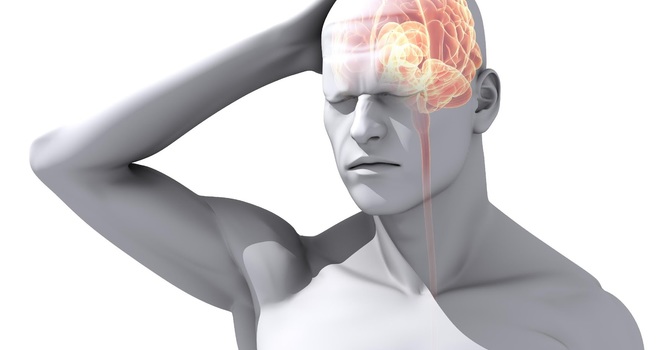
What is whiplash?
Whiplash is an injury caused by a severe jerk or jolt to the head. It is a term commonly used when referring to car accidents but can be caused by many different activities such as roller coasters, horseback riding, bungee jumping, etc. Let’s break down exactly what happens when whiplash occurs.
How is it caused?
As mentioned whiplash occurs when an impact or movement causes the neck and head to be forced into a hyperextended position causing the head to fall backwards while shortly after being put into a hyper-flexed position as the head and neck try to recover. This sudden motion can cause the neck’s tendons and ligaments to stretch and tear, resulting in whiplash. Some activities that can cause whiplash include:
- Car accidents
- Contact sports
- Falls
- Blows to the head with a heavy object
- Horseback riding
- Roller coasters
Whiplash can be organized into 5 different categories which determine the seriousness of the injury. Whiplash-associated disorder (WAD) is the term given for the collection of symptoms affecting the neck that are triggered by an accident with an acceleration-deceleration mechanism.
The different categories include:
Grade 0: No complaints, no physical signs of injury
Grade I: Neck complaint of pain, stiffness or tenderness only. No physical signs
Grade II: Neck complaint and musculoskeletal signs. Decreased range of motion and point tenderness
Grade III: Neck complaint and neurological signs. Decreased range of motion and point tenderness
Grade IV: Neck complaint and fracture or dislocation

Signs and symptoms
Common symptoms to whiplash include:
- Neck pain and stiffness
- Headaches
- Dizziness
- Blurred vision
- Constant fatigue
- Less common symptoms include:
- Problems with concentration and memory
- Ringing in ears
- Inability to sleep well
- Irritability
- Chronic pain in the neck, shoulders or head
How to prevent whiplash?
Whiplash can easily be prevented by following general safety procedures such as wearing a seatbelt, proper safety equipment and having proper posture.
How long is recovery and how is it treated?
Whiplash symptoms can develop almost instantly after th
e incident and usually take around 24 hours, but in some cases, it may take up to a few days. Symptoms tend to last up to several weeks with very few people suffering from long lasting effects.
Treatment for whiplash is generally pretty simple. Some of the treatments include:
- Pain killer (such as Tylenol or aspirin)
- Rest from exercise
- Ice/Heat
- Foam collar to keep neck stable
- Physical therapy to strengthen neck muscles
Although it is uncommon, some people do experience long-lasting effects after whiplash if the proper treatment isn’t practiced. Some of these long-term complications include chronic pain, headaches for months after their accident. This is why it is important to seek treatment right away after experiencing any symptoms for whiplash.
Sumen Singla
Contact Me


